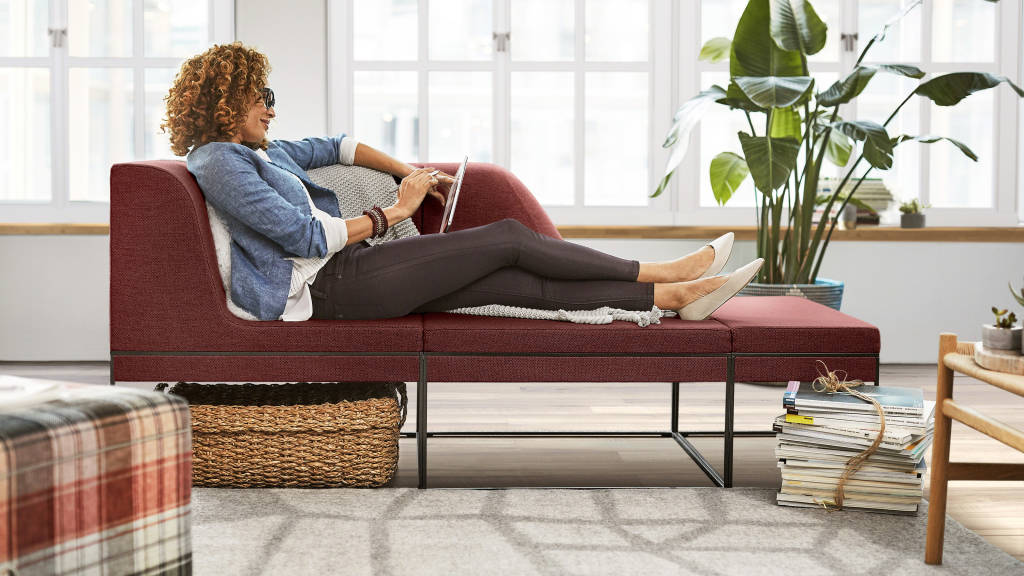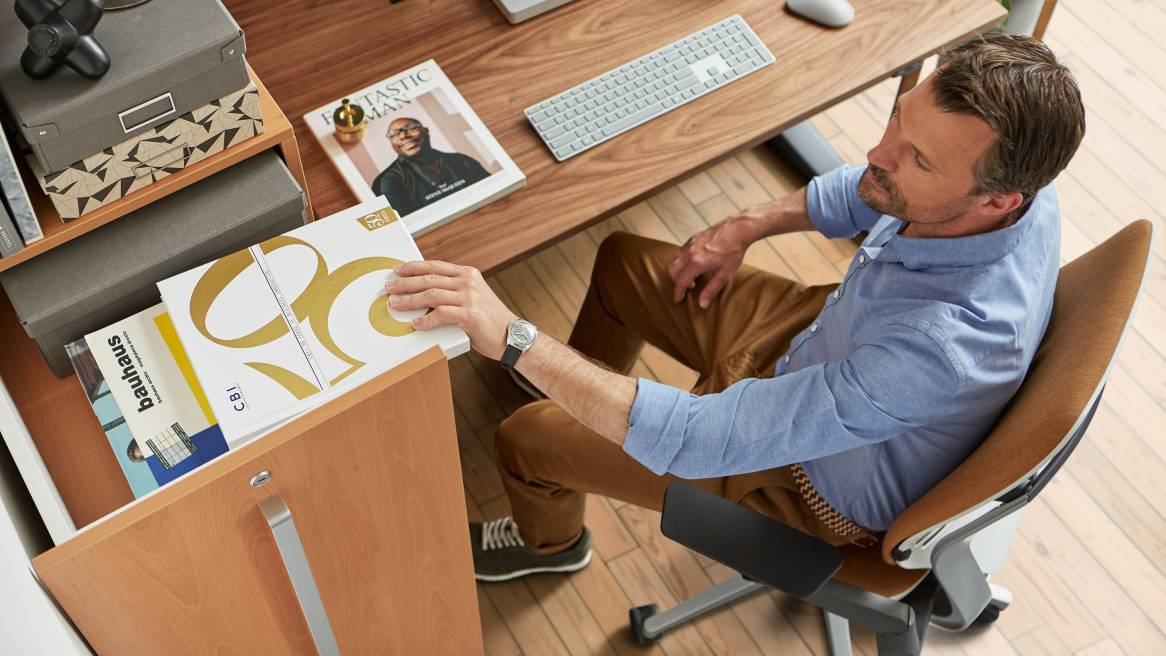Six Ways to Help Stressed Out Workers
A new, in-depth study has a powerful message for employers. “Working conditions really do matter,” says the report’s lead author.
If you come home from a tough day at work with your laptop in hand and the knowledge that you’ll be logging back on in the evening, you’re not alone. A new, first of it’s kind, in-depth study of more than 3,000 U.S. workers by the Rand Corp., Harvard Medical School and the University of California, Los Angeles delivers powerful news to employers. At a time when many organizations report struggling to find and retain highly-skilled talent, people on the job are stressed out and their physical and mental health is paying the price.
“Wow — (work) is pretty taxing place for many people,” lead author Nicole Maestas told the Associated Press. “I was surprised by how pressured and hectic the workplace is.” The survey found employees reported:
- Working on their own time – About half say they work off hours to meet the demands of their job
- Not enough time – 1 in 4 perceives they have too little time to do their job
- Telecommuting remains rare – 78% are required to be present in their workplace during working hours
- Poor conditions – 55% work in “unpleasant and potentially hazardous” conditions
- Frequent disruptions – Nearly 20% are interrupted fairly often and view this negatively
- Desires do not match reality – Nearly two-thirds of workers say their desired and actual working conditions do not match
“There’s a message for employers here, working conditions really do matter.”
“There’s a message for employers here,” Maestas said. “Working conditions really do matter.”
The problems organizations face today are more complex, requiring people to innovate, problem solve and work in fundamentally new ways. This new creative work requires taking risks and experimenting, but these creative behaviors are impossible in a stressed state of mind. Ongoing research from Steelcase sheds light on how organizations can create work environments that help people feel good physically, cognitively and emotionally and enable creative work to thrive.
“When people are in environments that support positive emotions, they’re free to be productive, collaborative and creative.”
Beatriz Arantes
“When people are in environments that support positive emotions, they’re free to be productive, collaborative and creative,” says Beatriz Arantes, senior researcher for Steelcase WorkSpace Futures. While many organizations start with the physical when addressing wellbeing, i.e. fitness centers, ergonomics or healthy food, research tells us the importance of designing for the holistic wellbeing of people, including their physical, cognitive and emotional needs.

A thoughtfully designed ecosystem of spaces created with the needs of people in mind and with a holistic view of technology and space can help people achieve more and have a better, less stressful, experience at work. These spaces can inspire new ways of thinking and fuel creativity.
Steelcase research identified six dimensions of wellbeing that can be impacted by the design of the physical environment and help people have a less stressful experience at work:
1. Optimism – Give workers choice and control over where and how they do their work.This means providing spaces for quiet focus work, but also collaboration spaces that can be easily modified by individuals and teams to encourage experimentation with analog and digital tools.
2. Mindfulness – Create environments that support focus and minimize distractions by providing a diverse range of settings for individual concentration or one-on-one connections. Empower workers to take time out of their day to rejuvenate and step away from their work to recharge their minds.
3. Authenticity – Allow individuals and teams to express their personalities by empowering them to select environments that best suit their preferred work styles. Encourage people to display personal items in workstations and on their computers.
4. Belonging – Provide social spaces that encourage personal and professional connections and enable workers to connect socially. Ensure that spaces designed for users to connect with one another are intuitive and easily accessible for both co-located and distributed teams.
5. Purpose – Accommodate both co-located and geographically disparate teams by creating a variety of settings for both physical and virtual collaboration. Use the physical environment to display materials and communicate team and organizational purpose. Spaces for one-on-one or small group collaboration will help foster personal connections and collaboration.
6. Vitality – Create a variety of indoor and outdoor spaces that offer posture choices (sitting, standing, perching, lounging) and encourage walking to create physical and emotional energy, stimulate the mind, improve alertness and improve focus.
No single space can support the holistic wellbeing of people, but giving people a variety of spaces to choose from and providing choice and control over where and how they work will help create a less stressful work experience. Attaining wellbeing at work is about creating healthy physical, cognitive and emotional states over time. To learn more about how wellbeing can be a competitive advantage for organizations and to see wellbeing applications read Wellbeing: A Bottom Line Issue.


